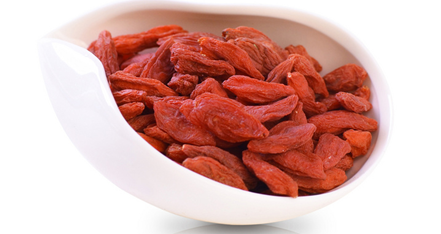Lotus root has been planted in large areas in our country. The middle and lower reaches of the Yangtze River and other provinces in the south of the Yangtze River are rich production areas. It is one of the most important export-oriented vegetables in China. However, the lotus root is susceptible to browning during storage and transportation, affecting its export and sales. Now, scientists and technicians have developed the LB series of lotus root preservatives, so that storage of lotus root browning does not occur, no decay, weight does not change, and can make lotus root storage for up to 1 month (at room temperature conditions). The main points of this technique are described as follows: The dug lotus roots that have been excavated are washed with clean water, and are divided into pod sections. The shank sections at both ends of the pod sections are removed, and the skin of the lotus root is scraped off with a stainless steel scraper. Lotus roots are susceptible to discoloration, which is mainly an enzyme-induced browning. The peeled lotus root was first immersed in 0.8%-1.5% salt solution until the corpus callosum was slightly soft and removed; and then placed in an LB lotus root preservative solution for 40 minutes. The water-removed lotus root has a plurality of perforations. During the impregnation of the preservation liquid, more water is retained in the perforations, and a dewatering machine is required (the inner liner of the dehydrator is covered with cloth or rubber to prevent the lotus root from being affected. Mechanical abrasion) Remove the clear water to prevent water droplets in the bag. The browning of lotus root is mainly enzymatic browning. In order to avoid enzymatic reactions, nylon plastic bags with strong oxygen barrier capability should be used for packaging. The capacity of each bag can be 1-5 kg ​​according to the needs of the market and vacuum sealed. Lotus root should be stored as cool as possible to avoid direct sunlight. The best storage temperature for lotus root is 5°C. At this temperature, lotus root treated with preservative can be preserved for 3-4 months. However, the temperature should not be lower than 5°C. Storage under 5°C for a long time will cause the lotus root tissue to soften until it forms a spongy shape without any food value. This phenomenon often occurs in the process of the North-South transportation of China. Cause a lot of economic loss and must be treated with caution.
Goji Berry also known as wolf berry is the fruit of the Lycium barbarum or Lycium chinense, two closely related species. This kind of fruit mainly grows in China and is commonly use in Chinese daily cuisine for making soup or as tea. It`s full of nutrient value and has numerous implied health effects and has been termed as super fruit. Goji berry have three kinds of quality and different grades. The qualities are Conventional, Low pesticide and Organic. Grades are 180pcs, 280pcs, 350pcs, and 500pcs per every 50 grams.

Goji Berry
Goji Berry,Organic Goji Berry,Low Pesticides Goji Berry,Conventional Goji Berry
Ningxia Shun Yuan Tang Herbal Biotech Co., Ltd. , http://www.nxshunyuantang.com